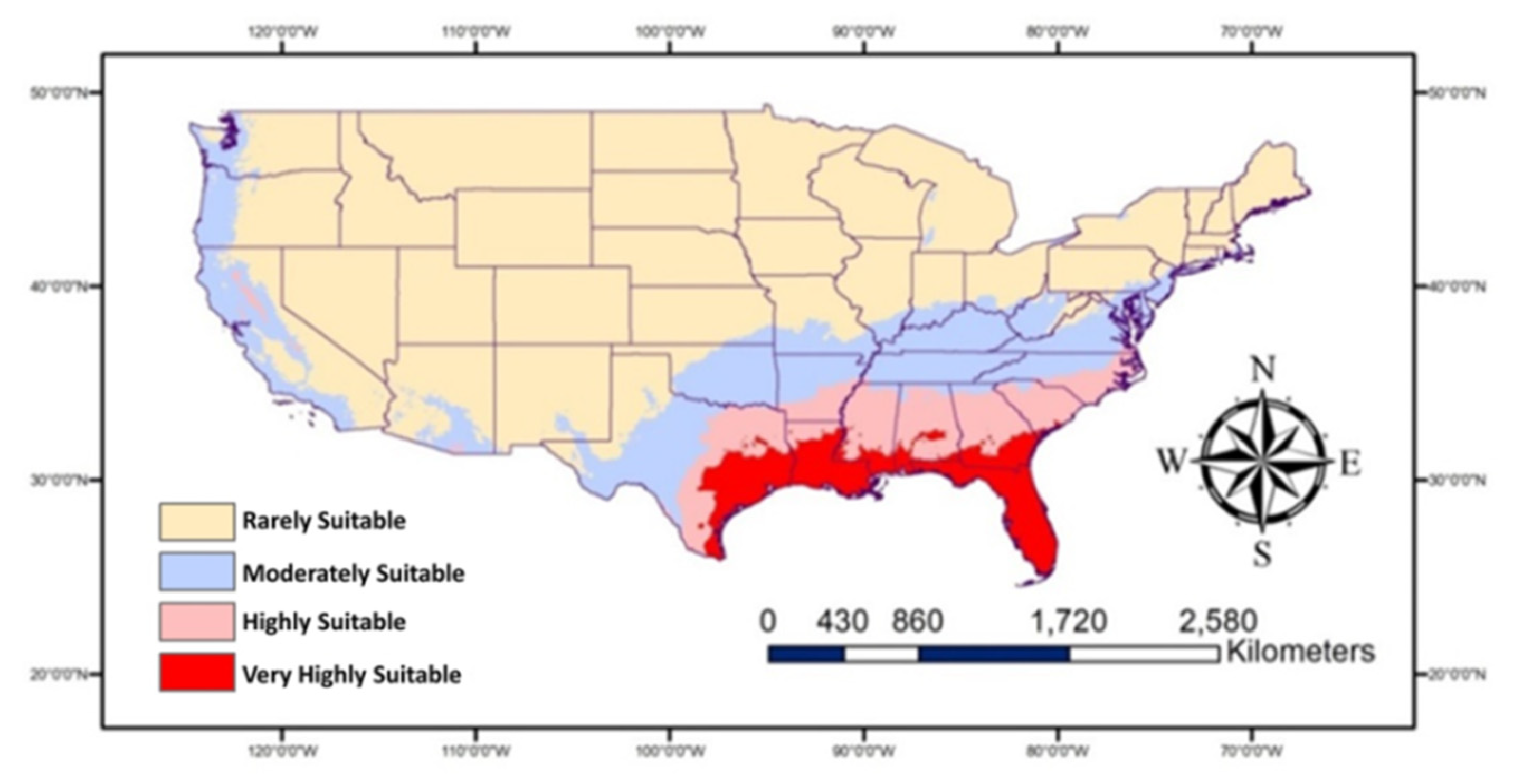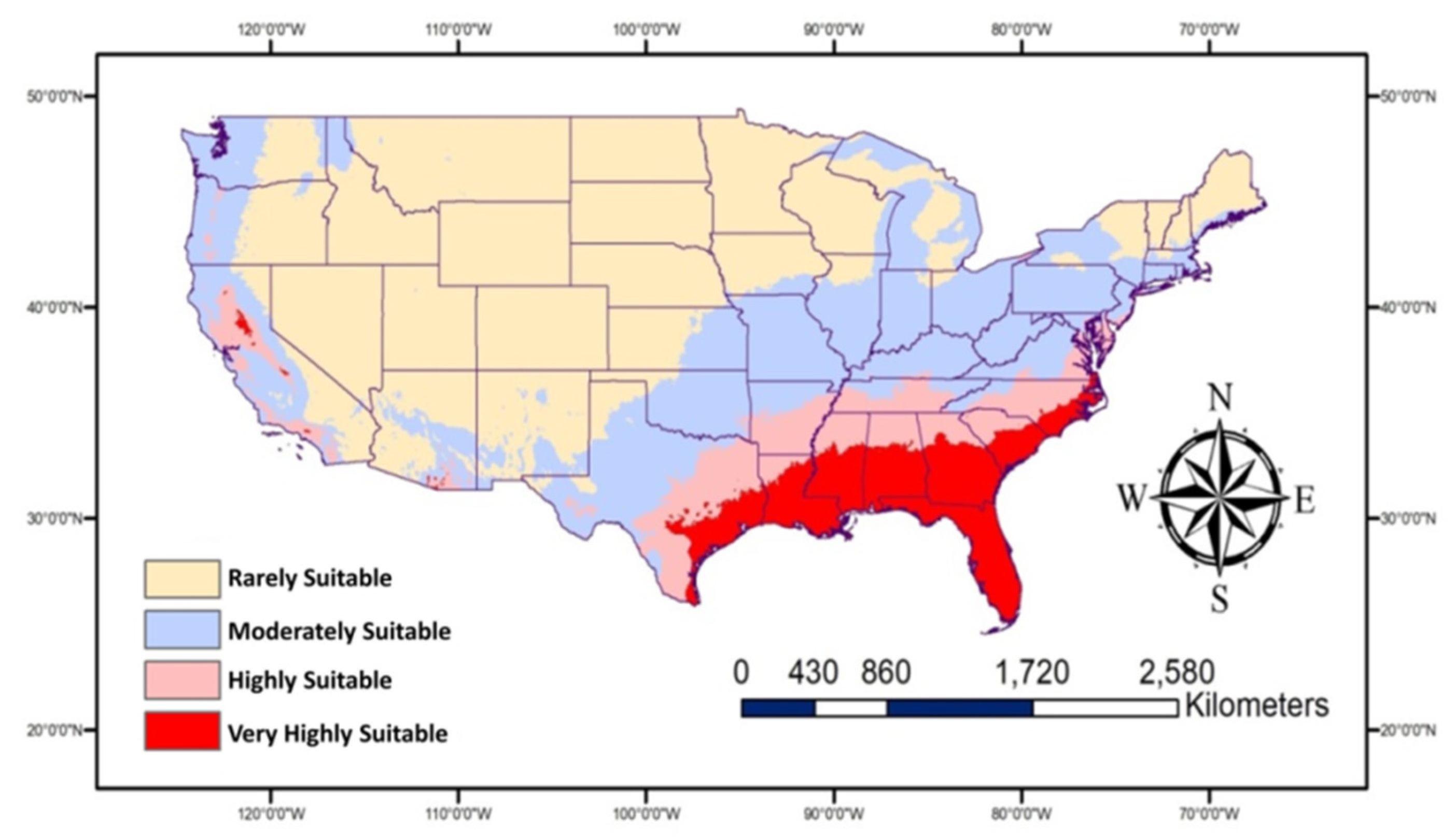1. Hi! My name is Zoie Pois; I am a senior double majoring in Zoology and Environmental Science with a Psychology minor. I am from Louisville, Kentucky, and attended a middle school similar to a Montessori school that focused heavily on nature and art, so I have been protective of nature for as long as I can remember. I enjoy being out in nature, doing crafts/art, listening to music, and hanging out with my close friends. I am unsure what I want to do after graduation, but I hope that it will revolve around nature and animals in some capacity, which are two things I am very passionate about. The picture of me for my introduction is refusing to act right, so we’ll see if it decides to show up when I post.

2. I have previously worked a tiny bit with GIS, but I am coming into this class with minimal knowledge about it. It was fascinating to read about the uses of GIS in areas that I did know it could even be used in. I had assumed that it could only be used predominantly for geographical and solar purposes. Now I know that it can be used in things that range from infectious diseases to Starbucks. I appreciated the author’s distinction between mapping and spatial analysis by explaining that spatial analysis generates more information or knowledge than can be gathered from maps or data alone, In contrast, mapping is unable to create more data/knowledge than what is already given. It was also interesting to read about Dr. John Snow and the cholera outbreak and how it is linked to a trend in science towards using visual displays to understand patterns. I am personally a person who relies pretty heavily on visuals to understand concepts fully, so I am glad that this trend continued to gain more popularity. After reading, I wondered what else GIS can be used for and how there is a vast amount of information that I was previously unaware of.
3. I am doing an internship with Watson Acres Flower Farm this semester, so I wanted to look at GIS information in relation to pollinators and maybe even pollen itself. One study I found talked about the interaction of lovebugs (Plecia nearctica) and honey bees. Some studies have suggested that honey bees will not visit flowers that have lovebugs on them, and since the distribution of lovebug populations has the potential to change due to the warming climate, the usual pollination pattern of species like honey bees could be disrupted. Using GIS, the authors tracked what areas would remain suitable for lovebugs and how those areas are likely to increase in the future.

Map showing historic/current habitat suitable for Plecia nearctica in the USA.

Map showing future habitat suitable for Plecia nearctica in the USA during 2050.
I also looked into a study that took an infrastructural method of pollinators to strategize urban planning for pollinators by pinpointing hotspots and pinch points. The higher the HSI value (darker areas), the more suitable the 100 m cell is predicted to be for this species group.

Abou-Shaara, H. F., Amiri, E., & Parys, K. A. (2022). Tracking the effects of climate change on the distribution of Plecia nearctica (Diptera, Bibionidae) in the USA using MaxEnt and GIS. Diversity, 14(8), 690.
Bellamy, C. C., van der Jagt, A. P., Barbour, S., Smith, M., & Moseley, D. (2017). A spatial framework for targeting urban planning for pollinators and people with local stakeholders: a route to healthy, blossoming communities?. Environmental Research, 158, 255-268.
All good. Lovebugs. Can’t go wrong with Lovebug GIS. Cool that you are at the Flower Farm. Off topic a bit (here) but can you say a bit about what you are doing there in ENVS 198/498 on Wednesday, Sept. 20: ENVS 198/498: ENVS Student Discussion of Internships, REUs, etc.